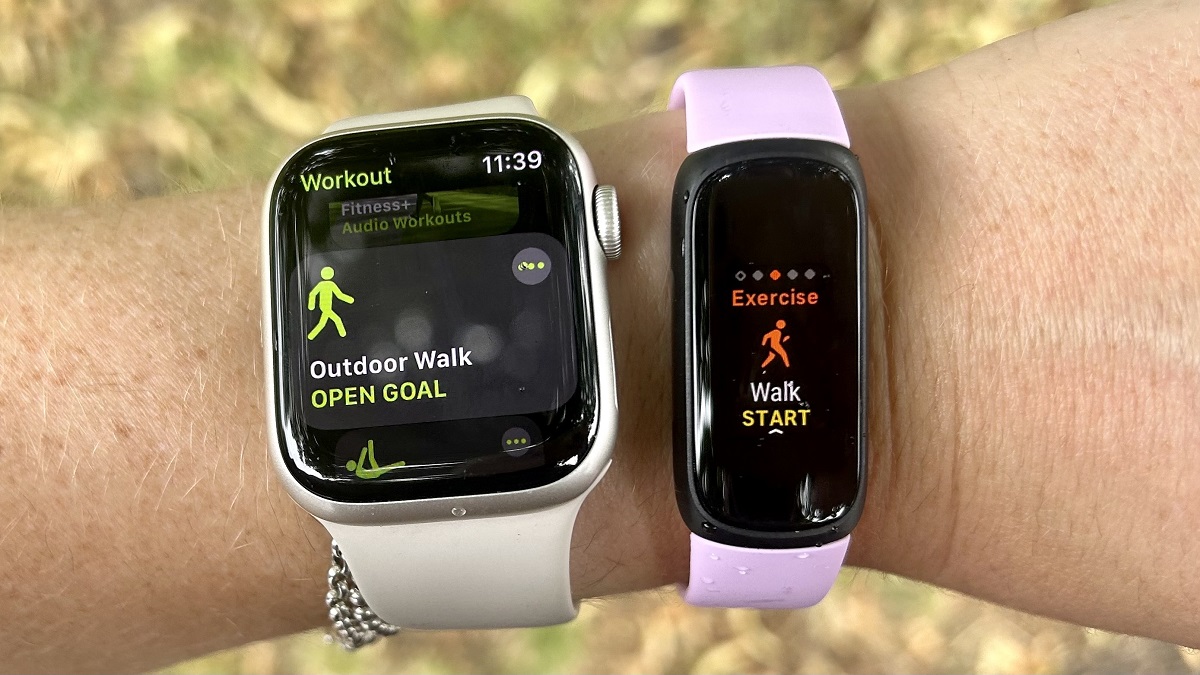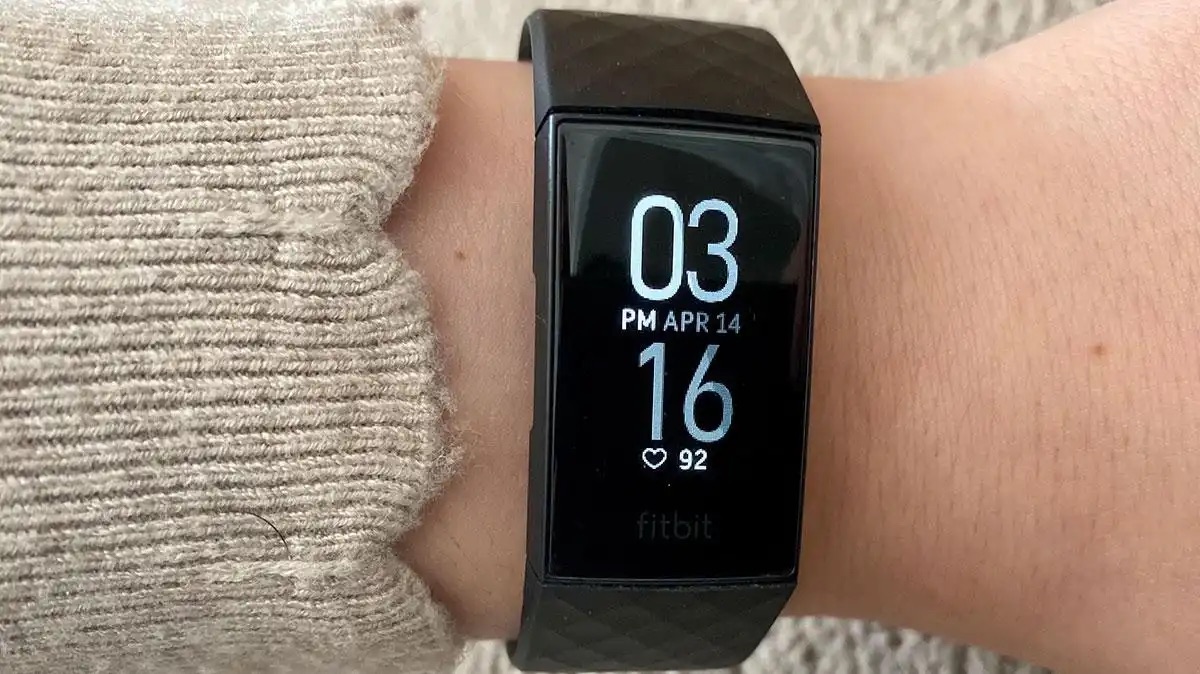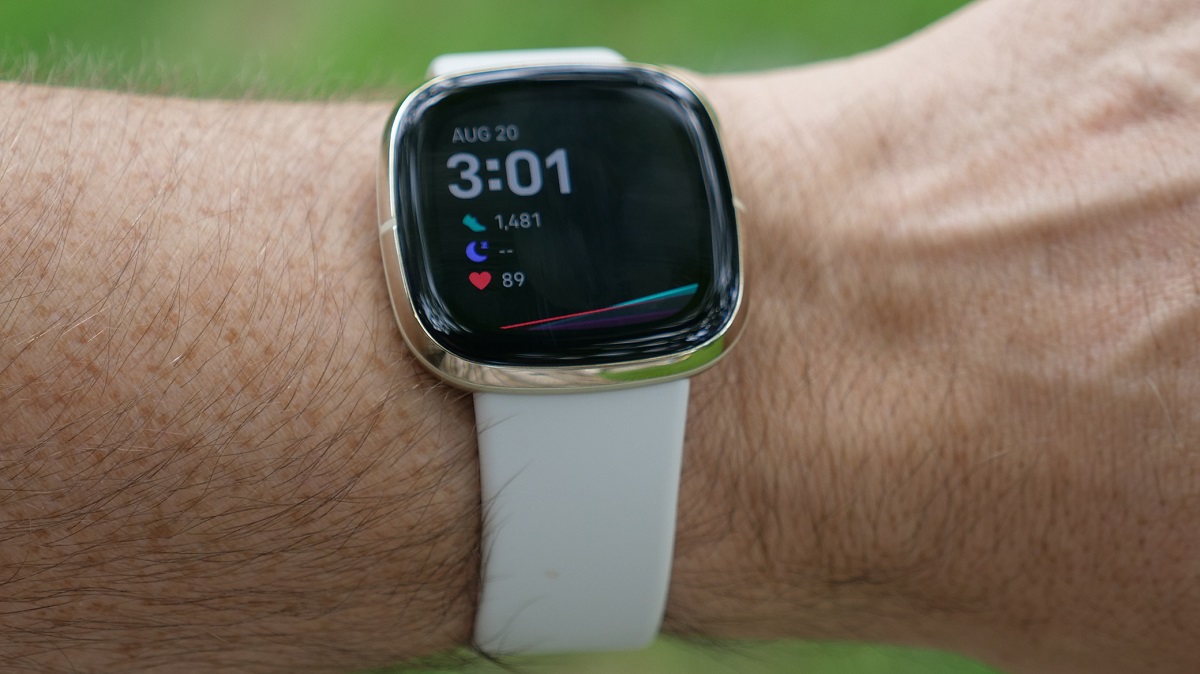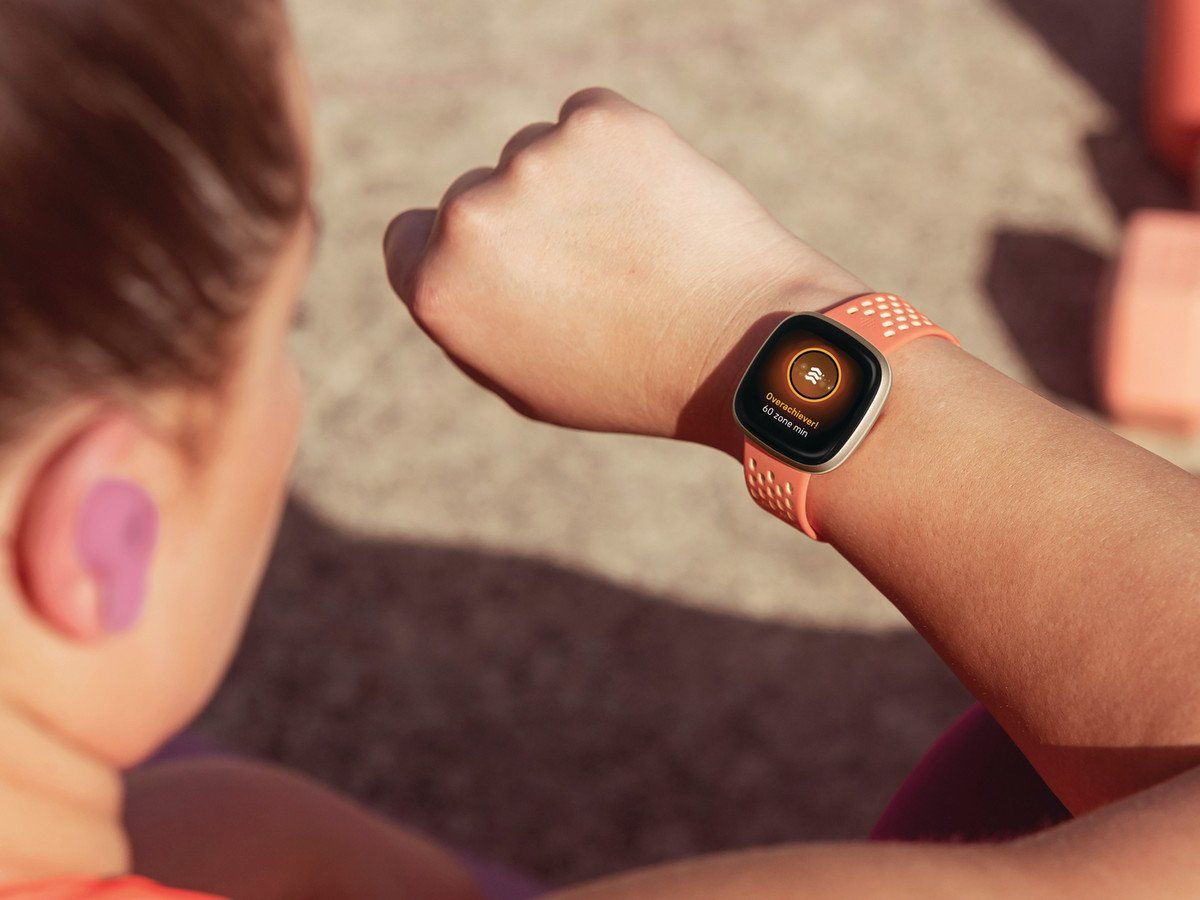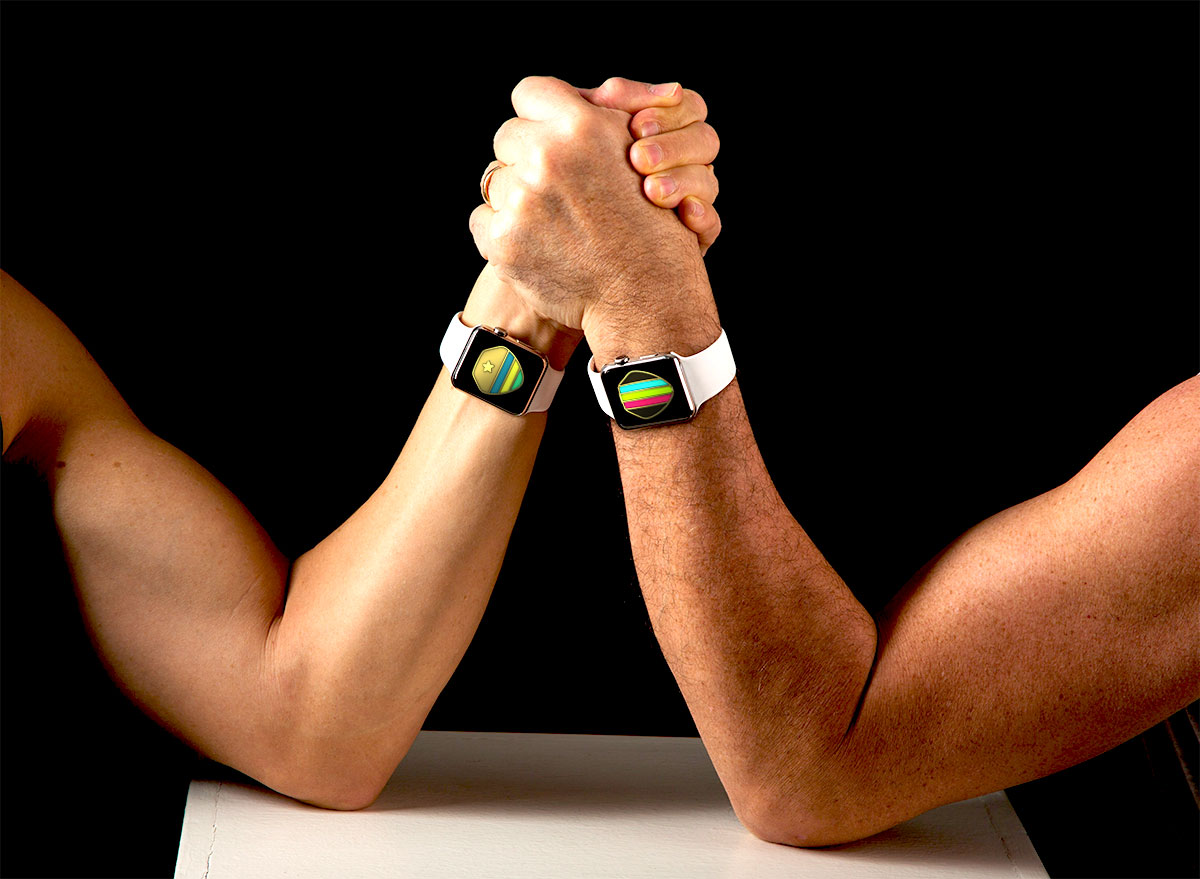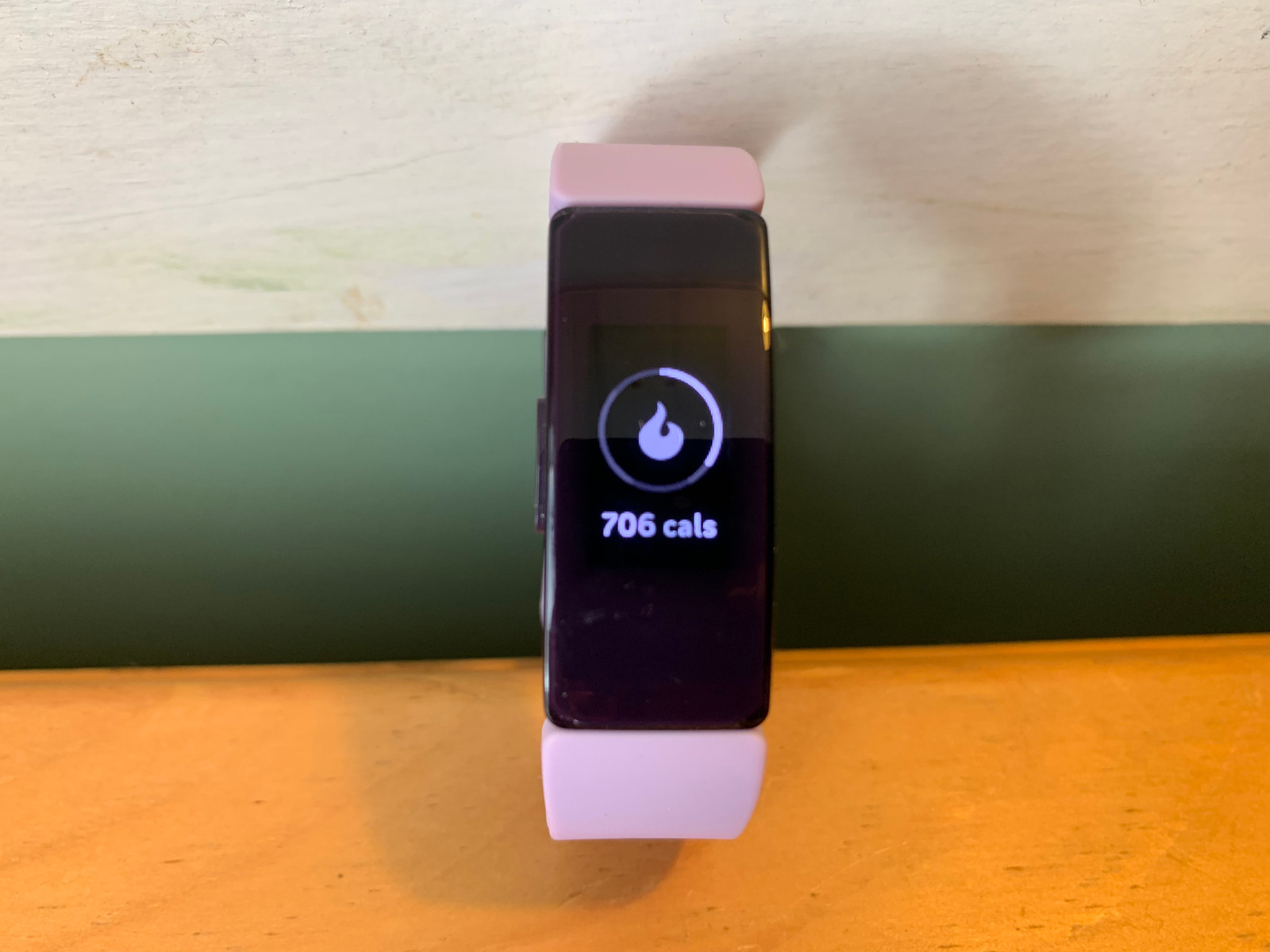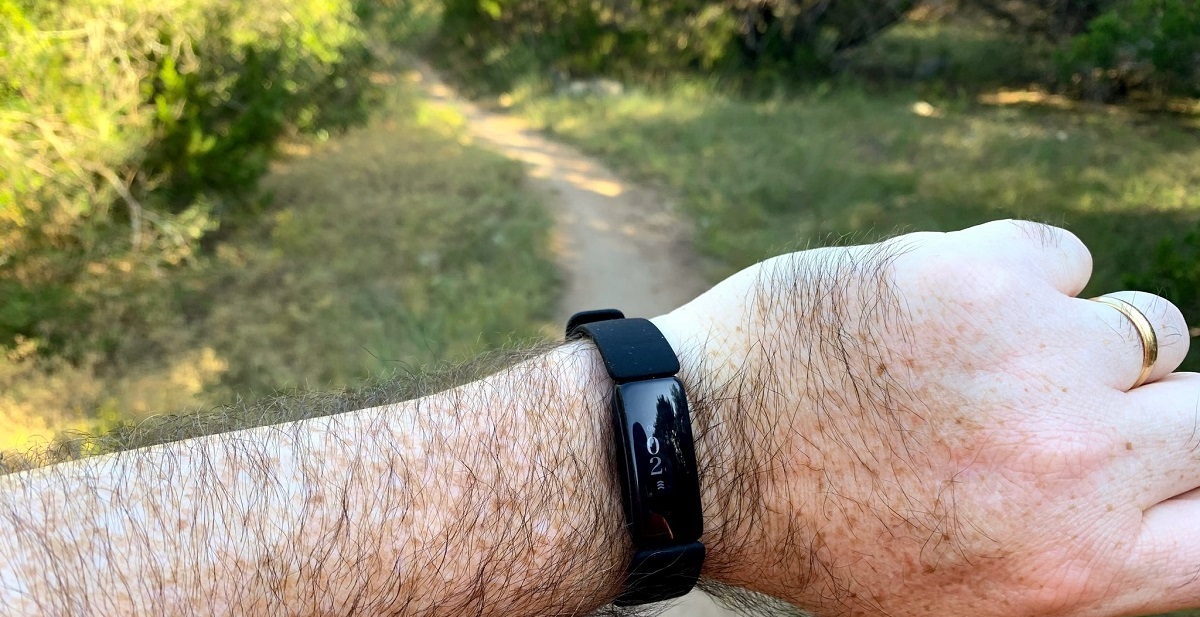Introduction
Wearable technology has revolutionized the way we approach fitness and health tracking. Among the myriad features offered by these devices, step counting stands out as a fundamental metric for monitoring physical activity. Whether you're an avid fitness enthusiast or simply aiming to live a more active lifestyle, understanding the nuances of step counting on popular wearable devices such as Fitbit and Apple Watch is crucial.
In this comprehensive guide, we delve into the intricate world of step counting, shedding light on the differences between Fitbit and Apple Watch in this aspect. By the end of this article, you'll gain valuable insights into how these devices track steps, the accuracy of their step counting mechanisms, and the factors that can influence the reliability of step data. Moreover, we'll compare the step counting capabilities of Fitbit and Apple Watch, empowering you to make informed decisions when choosing the ideal wearable for your fitness journey. So, let's embark on this enlightening exploration of step counting and unravel the mysteries behind the numbers displayed on your wrist!
How Steps are Counted
Step counting on wearable devices involves sophisticated algorithms and sensor technologies designed to detect and interpret movement patterns. Both Fitbit and Apple Watch utilize a combination of sensors, including accelerometers and gyroscopes, to track steps accurately. The accelerometers measure changes in velocity and direction, while gyroscopes detect orientation and rotation. These sensors work in tandem to capture a wide range of movements, from walking and running to climbing stairs and even more subtle activities like arm movements.
The devices' algorithms process the data collected by the sensors, filtering out non-step motions and identifying patterns indicative of steps. This intricate process involves distinguishing between various movements to ensure that only legitimate steps are counted. For instance, the algorithms differentiate between the rhythmic motion of walking and random arm movements to prevent false step counts.
Moreover, both Fitbit and Apple Watch continuously refine their algorithms through machine learning and user feedback. This iterative process enables the devices to adapt to individual walking patterns and improve the accuracy of step counting over time. By analyzing vast amounts of data, these devices can discern subtle nuances in movement, resulting in more precise step counts for users.
It's important to note that step counting is not solely reliant on the movement of the legs. Wearable devices also consider arm movements during activities such as pushing a stroller or carrying groceries, ensuring that these movements are factored into the overall step count. This holistic approach to step counting reflects the commitment of these devices to provide users with comprehensive and accurate activity tracking.
In essence, step counting on Fitbit and Apple Watch involves a sophisticated interplay of sensors, algorithms, and machine learning. By leveraging advanced technologies, these devices strive to deliver precise step counts that align with users' real-world activities, empowering individuals to monitor and enhance their physical activity levels effectively.
Accuracy of Step Counting
The accuracy of step counting on wearable devices is a pivotal aspect that directly impacts the reliability of fitness and activity tracking. Both Fitbit and Apple Watch have made significant strides in refining the precision of their step counting mechanisms, aiming to provide users with dependable data for monitoring their physical activity levels.
One of the primary indicators of step counting accuracy is the devices' ability to differentiate between actual steps and non-step movements. This entails filtering out extraneous motions such as hand gestures, random arm movements, or vibrations that do not correspond to walking or running. By leveraging advanced sensor technologies and sophisticated algorithms, both Fitbit and Apple Watch strive to minimize false step counts, ensuring that the displayed step data aligns with users' real activities.
Furthermore, the continuous evolution of the devices' algorithms through machine learning plays a pivotal role in enhancing step counting accuracy. By analyzing vast datasets encompassing diverse movement patterns, these devices can discern subtle nuances in walking, running, and various physical activities. This iterative learning process enables the devices to adapt to users' unique movement patterns, ultimately leading to more precise step counts over time.
Moreover, the incorporation of additional sensors, such as altimeters for measuring elevation changes, further contributes to the accuracy of step counting. By factoring in variations in terrain and elevation, these devices can provide users with a more comprehensive overview of their physical exertion, ensuring that step counts accurately reflect the intensity and challenges of different walking or running environments.
It's important to acknowledge that while wearable devices strive for high accuracy in step counting, there may be inherent limitations in certain scenarios. For instance, activities involving minimal arm movement or stationary walking, such as pushing a shopping cart, may pose challenges for precise step detection. However, both Fitbit and Apple Watch continue to refine their algorithms and sensor capabilities to address such scenarios and improve overall accuracy.
In essence, the accuracy of step counting on Fitbit and Apple Watch is a result of their commitment to leveraging cutting-edge sensor technologies, advanced algorithms, and iterative learning processes. By prioritizing precision and reliability, these devices empower users to track their physical activity with confidence, fostering a deeper understanding of their fitness journey.
Factors Affecting Step Counting
The accuracy and reliability of step counting on wearable devices can be influenced by various factors, ranging from individual walking patterns to environmental conditions. Understanding these factors is crucial for gaining insights into the nuances of step tracking and optimizing the use of Fitbit and Apple Watch for activity monitoring.
-
Walking Technique: The manner in which individuals walk can impact the precision of step counting. For instance, individuals with shorter strides or a less pronounced arm swing may pose challenges for wearable devices in accurately detecting steps. Conversely, those with erratic or inconsistent walking patterns may also affect the reliability of step counting.
-
Environmental Conditions: The environment in which physical activities take place can affect step counting. Factors such as uneven terrain, elevation changes, and crowded spaces may introduce complexities in accurately capturing steps. Wearable devices equipped with altimeters can mitigate some of these challenges by accounting for variations in elevation during walking or running.
-
Wrist Placement: The placement of the wearable device on the wrist can influence step counting. Factors such as the tightness of the band and the positioning of the device relative to the wrist's movement can impact the accuracy of step detection. Ensuring a secure and consistent placement of the device can contribute to more reliable step counts.
-
Non-Step Movements: Certain activities involving arm movements, such as carrying groceries, pushing a stroller, or using hand gestures, can pose challenges for accurate step counting. Wearable devices need to discern between legitimate steps and non-step motions to prevent false step counts, highlighting the complexity of detecting nuanced movements.
-
Device Calibration: The calibration of the wearable device, including setting personal stride length and ensuring firmware updates, is essential for optimizing step counting accuracy. By calibrating the device to individual walking patterns and maintaining up-to-date software, users can enhance the reliability of step tracking.
-
User Interaction: Interactions with the wearable device, such as gestures or sudden movements, can inadvertently trigger false step counts. Understanding how user interactions may influence step detection can help users mitigate potential inaccuracies in step counting.
By recognizing these factors, users can navigate the intricacies of step counting on Fitbit and Apple Watch more effectively. Moreover, both manufacturers continue to refine their devices to address these factors, aiming to deliver increasingly accurate and reliable step tracking experiences for users across diverse walking and running scenarios.
Comparing Fitbit and Apple Watch Steps
When it comes to step counting, Fitbit and Apple Watch exhibit distinct approaches and capabilities, each tailored to provide users with comprehensive activity tracking experiences. Understanding the differences between these two prominent wearable devices is essential for individuals seeking to make informed decisions regarding their fitness journey.
Fitbit, renowned for its focus on health and fitness tracking, leverages a combination of advanced sensors and proprietary algorithms to deliver precise step counts. The brand's commitment to accuracy is evident in its dedication to refining the performance of its devices in step tracking. Fitbit devices excel in detecting various walking patterns, including subtle movements, and are adept at distinguishing between legitimate steps and non-step motions, minimizing false step counts.
On the other hand, Apple Watch, with its multifaceted functionalities, incorporates a sophisticated blend of sensors and machine learning algorithms to capture and interpret movement data. The device's emphasis on holistic activity monitoring extends to its step counting capabilities, which encompass a wide spectrum of physical activities, from walking and running to more dynamic movements. Apple Watch excels in integrating step counting with other health metrics, providing users with a comprehensive overview of their daily activity levels.
In terms of user interaction and interface, Fitbit offers a streamlined and intuitive experience, with a strong emphasis on fitness tracking. The device's dedicated focus on health and wellness is reflected in its user interface, which prioritizes activity data and insights. Conversely, Apple Watch, renowned for its seamless integration with the Apple ecosystem, presents step counting within the broader context of health and fitness, seamlessly intertwining it with other health metrics and features.
Moreover, the accuracy and precision of step counting on both Fitbit and Apple Watch are influenced by their respective ecosystems and user preferences. Fitbit's ecosystem is centered around fitness and health, with a strong emphasis on activity tracking and goal setting. Conversely, Apple Watch integrates step counting into its broader ecosystem, encompassing features such as heart rate monitoring, workout tracking, and health insights.
Ultimately, the choice between Fitbit and Apple Watch for step counting hinges on individual preferences, fitness goals, and the overall user experience. Both devices offer robust step counting capabilities, each tailored to cater to diverse user needs and preferences, empowering individuals to embark on their fitness journeys with confidence and precision.
Conclusion
In conclusion, the realm of step counting on wearable devices encompasses a rich tapestry of sensor technologies, advanced algorithms, and user-centric design, all converging to deliver a seamless and insightful activity tracking experience. Both Fitbit and Apple Watch have demonstrated a steadfast commitment to refining the accuracy and reliability of their step counting capabilities, empowering users to gain deeper insights into their physical activity levels.
As individuals embark on their fitness journeys, the nuanced intricacies of step counting come to the forefront, underscoring the importance of understanding how wearable devices capture and interpret movement data. From walking techniques and environmental factors to user interaction and device calibration, a myriad of elements influence the precision of step counting, shaping the overall user experience.
The comparison between Fitbit and Apple Watch in the realm of step counting illuminates the distinct strengths and focal points of each device. Fitbit's unwavering dedication to health and fitness tracking is exemplified in its precision in capturing various walking patterns and minimizing false step counts. On the other hand, Apple Watch's seamless integration with the broader Apple ecosystem and its holistic approach to activity monitoring position step counting within a comprehensive framework of health and wellness.
Ultimately, the choice between Fitbit and Apple Watch for step counting is a reflection of individual preferences, fitness goals, and the desired user experience. Whether users prioritize a dedicated focus on fitness tracking or seek an integrated ecosystem encompassing diverse health metrics, both devices offer robust step counting capabilities tailored to cater to a diverse array of user needs.
As wearable technology continues to evolve, the future of step counting holds promise for even greater precision, personalization, and seamless integration with users' daily lives. By delving into the nuances of step counting and embracing the advancements brought forth by devices such as Fitbit and Apple Watch, individuals can embark on their fitness journeys with confidence, armed with the invaluable insights gleaned from their step tracking experiences.







